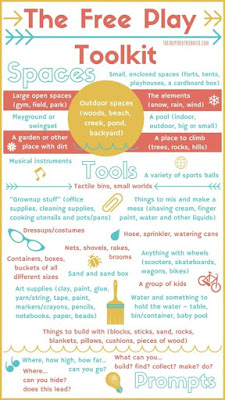I stumbled upon an article today about Ryan Locate's hair. I know, I know, out of everything going on at the Olympics, and I choose to write about this?! Yes. I love Ryan Lochte. I believe he is the hottest Olympian in Rio, but when I saw his hair, I cringed. I cringed because I knew that if he didn't take care of that beautiful mane, it would soon be brittle, damaged, and green. Turns out, I was right. Just as his events end, his shade starts to turn a light green.
I was born with bleach blonde, platinum hair. As I grew up, it naturally darkened to the last shade of blonde you can be, without actually being a brunette. From ages 13 - 26, I died my hair every shade of blonde in between. My hair is now it's natural color after two years of having horrible roots, but thats a whole other topic. I have also spent many summers in a pool, wether it be my own or working at a Park District pool.
I have been scolded, year after year, by my stylist/aunt for not taking care of my hair during the summer, so I have decided to share all my anti-chlorine tips. These were directed at me because I am blonde, but chlorine is super damaging to any hair color, so these tips will work for all.
So, why does chlorine turn blonde into green? |
| My many shades of blonde |
"If you've ever dyed your hair (especially platinum blond), you likely know that taking a dip in the swimming pool can alter your hair color. Copper compounds in the water get absorbed deep within your strands and attach to your hair's protein, causing it to take on brassy — or green — undertones." -Popsugar article
What does chlorine to other hair colors?
"Short, occasional exposure to chlorinated water really won't damage your hair. It may make it feel dry for a day or so, however.
Regular exposure to chlorinated swimming pools can cause significant damage to your hair. Disinfectants in general are used to break down and remove dirt, oil, and bacteria. Our scalps naturally produce oil to protect hair from damage and daily wear. Stripping the oil from your hair in a pool on a regular basis can cause over drying, increased porosity, and in some cases pretty significant damage if you don't take steps to prevent and treat your hair for chlorine exposure." - Women's hair about.com article
My tried- and - true methods for protecting my hair:
Basically, the goal here is to prevent the chlorine water from being absorbed into your locks.
1. Prevention: My aunt recommends using a conditioner on your hair before taking a dip. Any regular conditioner will work. If your hair is dry, it's easier to absorb the chlorine. I like to keep an extra conditioner bottle just for swimming in my vanity. I've noticed that using a conditioner with avocado or keratin (proteins) in it, leaves my hair extra soft afterwards.
Lately, I've been been mixing coconut oil in with my pre-swim conditioner, and I LOVE IT. Coconut oil does amazing things for hair, and oil doesn't mix with water. I would recommend adding coconut oil to the conditioner if you swim regularly.
There are also products you can buy that will protect your hair, but if you're on a budget, just grab your usual conditioner.
2. Clean-up: Always use a chlorine removing shampoo within a few hours of swimming! Again, these can range in price, but I like the brand they have at Walgreens. Plus, if you buy for the next year in October, it's usually 2 bottles for like $5.
3. Maintenance: Since chlorine gets absorbed into your hair, leaves residue on your scalp, and strips hair of all natural oils, this is just as important as the first two steps
Cleansing to remove built-up chlorine: After I use the chlorine shampoo, or just once a week to keep my hair feeling fresh, I mix a little bit of my favorite shampoo with apple cider vinegar and use that instead of shampoo. I do this year round cause it keeps hair light, soft, and build up free, but it's even more important during summer.
Replenishing oils: You can find hair masks at your favorite drug store that will work for this too, but I like using a mixture of oils. My 3 favorite oils to mix to create a super awesome hair mask are grapeseed oil to strengthen hair, coconut oil to soften hair, and avocado oil to replace protein stripped by chlorine.
A quick search on Pinterest will give you many more ways to prevent chlorine from wreaking havoc on your mane, but here are a few of the good ones I found.
So, with all that taken care of, Ryan Lochte, please fix your hair so I can go back to staring at you longingly, not being disturbed by your minty hair.
Ryan with the green hair
How chlorine damages hair
Kids don't want green hair either!




















